Grand prix racing isn’t supposed to produce certainties. The laws that govern this most sophisticated of sports are framed to promote such variability in driver-team-powerplant-chassis combinations that predictability is a small risk.
Yet this year, it hasn’t worked. Those who predicted serial wins for Mercedes’ powerplants have been right seven times out of eight, and even the recent Canadian win for Red Bull’s (Renault-powered) Daniel Ricciardo was achieved because one Mercedes driver’s brakes failed and the other’s engine had an unprecedented power loss.
Powerplant performance has been this year’s big differentiator. The availability of Mercedes power is the reason why previously underachieving Williams made life so hard for Ferrari and Red Bull last time out. Under such circumstances, who’d bet against another Merc-powered victory this weekend in Britain?
At Brixworth, 20 miles north of Silverstone, where Mercedes race engines have been created since 1993, such thoughts are heresy. The 400 inmates of HPP (for High Performance Powertrains) don’t think such things, let alone voice them. Past wins are good, but future success is the issue, and it must be earned.
So says Andy Cowell, the calm-voiced, white-shirted head of engine development at Brixworth who meets us in the foyer of his well ordered complex, surrounded by wide lawns and reeking of superior organisation. Cowell’s main job is to produce five powerplants for each of this season’s Mercedes-powered F1 drivers: two each from Mercedes, McLaren, Williams and Force India. That’s 40 powerplants, plus spares and repairs.
For Cowell & Co, glib assumptions are for other people. “This is a high-risk business,” he asserts. “You can test, but you won’t know where you stand until you go racing. Even when things are mostly going well, all you can see are your weaknesses. At the first race in Melbourne, the negatives associated with Lewis’s retirement were greater than the positives of Nico’s win – and that’s how it should be. Overconfidence always lands you in trouble.”
People like Cowell deal in horsepower, but they’re engine people no longer. Today’s term is ‘power units’, mainly because a 2014 F1 car is powered from three sources: a 1.6-litre turbocharged petrol V6, an electric motor-generator that collects braking energy and deploys it to boost acceleration, and another that both collects energy from the V6’s rotating turbocharger and deploys it to keep the turbocharger’s compressor rotating, to cut throttle lag.
Today’s F1 driver has 740-750bhp to deploy, about 160bhp of which is electric. He can use his Energy Recovery System button for roughly 30 seconds per lap, much more than before, and whereas recovered energy last year contributed 0.3-0.4sec to a fast lap, this year it’s three to four seconds. Recovered energy makes a 10 times greater contribution – which is as well because the cars carry only 100kg of fuel, a third less than previously. Such huge changes have introduced many technical hurdles, yet no one complains.
“It’s great to have regulations that chase thermal efficiency,” says Cowell. “What we learn is just so relevant. Our power units have grown 35 per cent more fuel efficient in a year. That’s amazing.”
We walk slowly through the facility, pausing at its centrepiece, a great chamber containing maybe 100 people divided into numerous specialist cells. There are concept people (who have raw ideas), the mechanical engineering group (who understand how a tiny power unit can produce 750bhp while bearing chassis loads of 5g), the failure analysis group (who examine the shrapnel), the materials technology group (who understand oils, fuels, cylinder coatings and their ilk) and more. All-important is the reliability group, “who decide how near the cliff’s edge we can stand without toppling over”.
Out in the technical areas, the accent is on minutely accurate measurement of components, bought in or machined on site. Brixworth bristles with beautifully made precision components, gradually brought together in a racing power unit with surgical perfection. Even the technicians packing engines into boxes for a race weekend behave as though they are sending the Mona Lisa across the world.
During races, a cross-section of the Brixworth faithful populates a control room equipped with the electronic tools needed to monitor 40 power units. Crew members can converse as freely with the race team as if they were on the pitwall. In fact, one trend of modern F1, Cowell says, is that more of a team’s big decisions are nowadays taken back at HQ, where true expertise reposes.
For such high achievers, Brixworth’s incumbents come across as a sober and organised bunch. The most animated place seems to be a canteen called The Pitstop, into which I am shown at the end of my visit.
“This isn’t a canteen,” says Cowell, on cue. “It’s much more than that. True, you can get the best breakfast in Northampton here. But we also open it to staff during races. Come here for a flyaway race and you’ll join 250 other people in the middle of the night, all here to see how we’re getting on. That’s the spirit that permeates the place. It makes us what we are.”

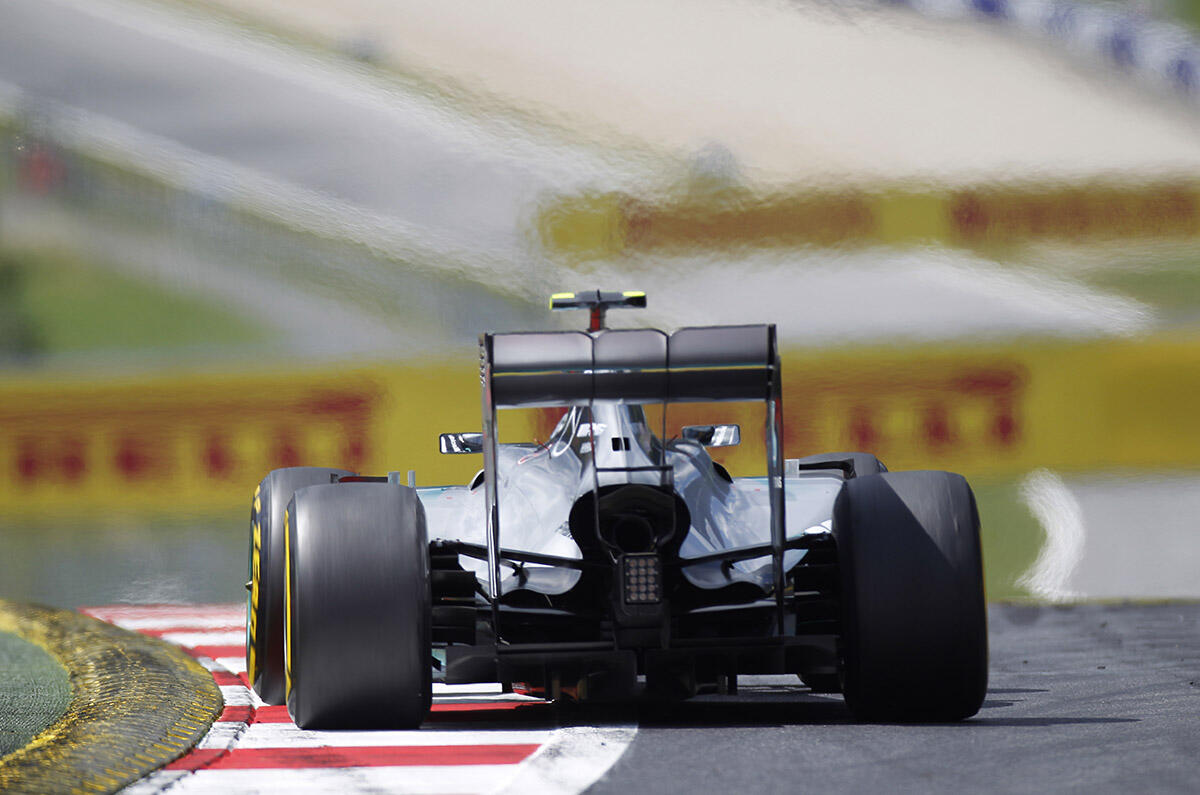
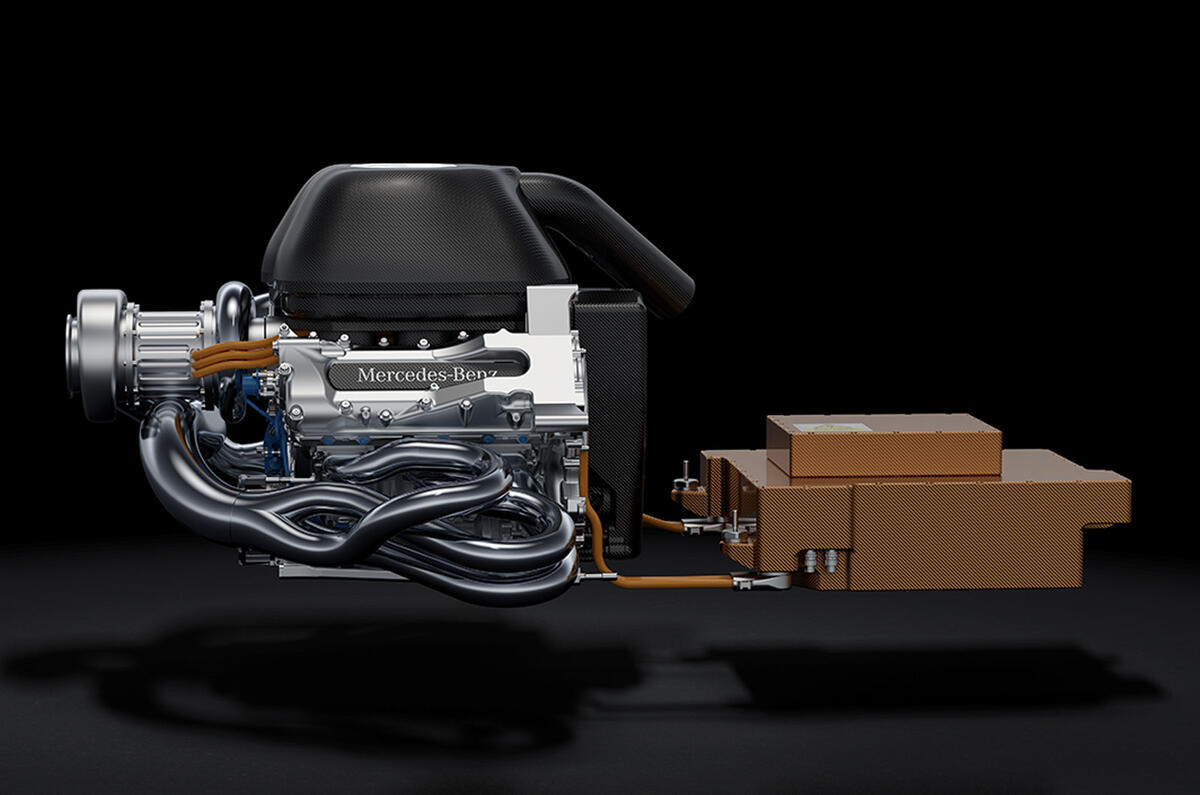
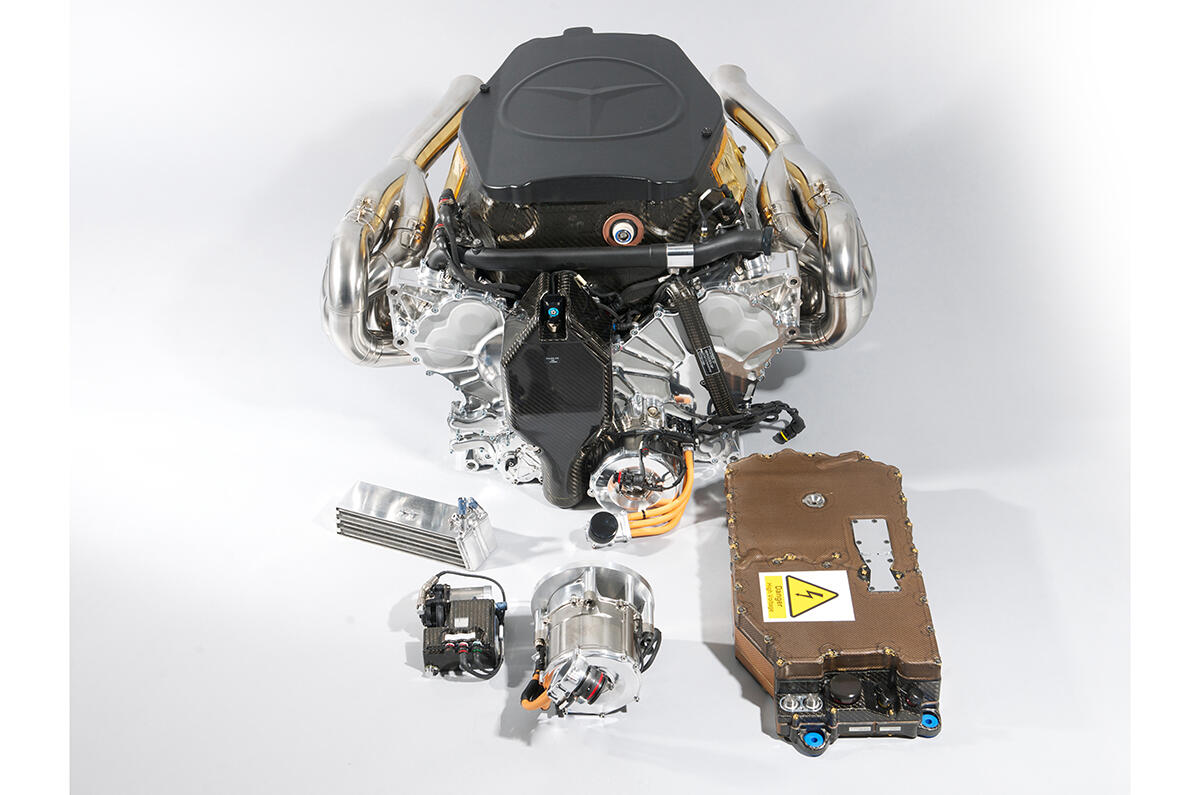
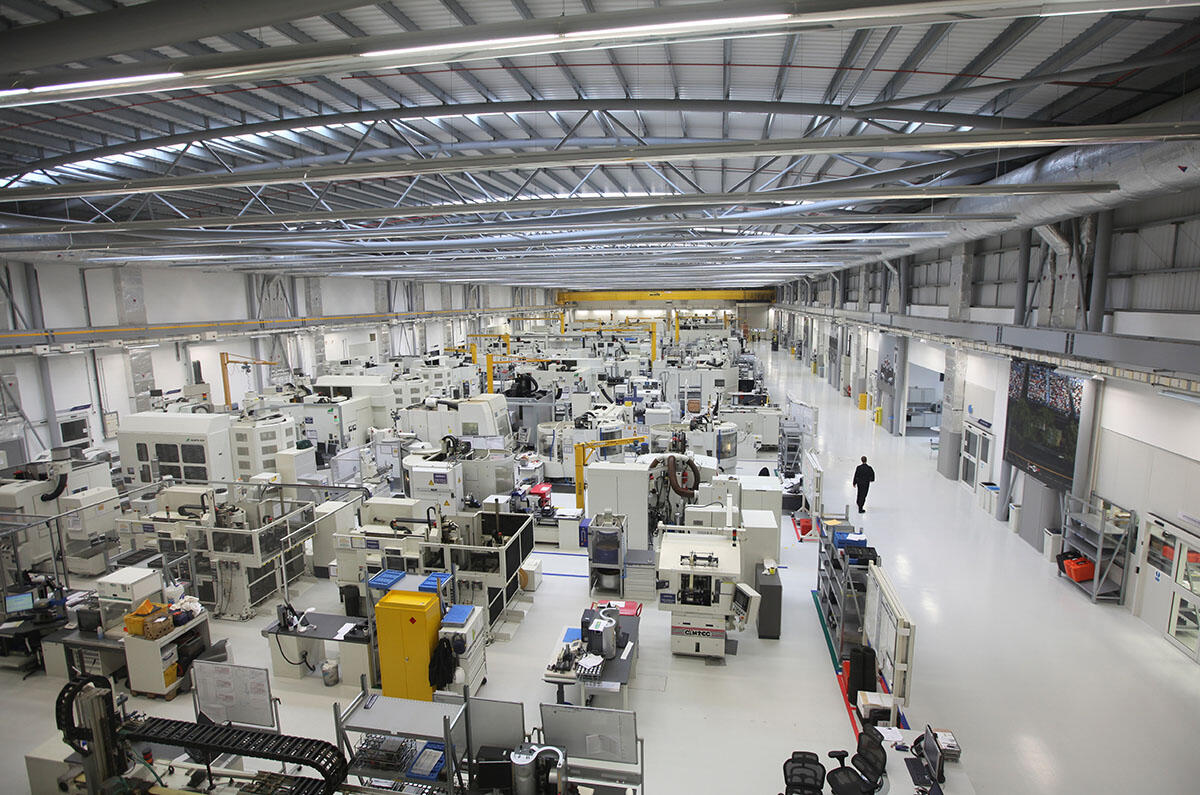
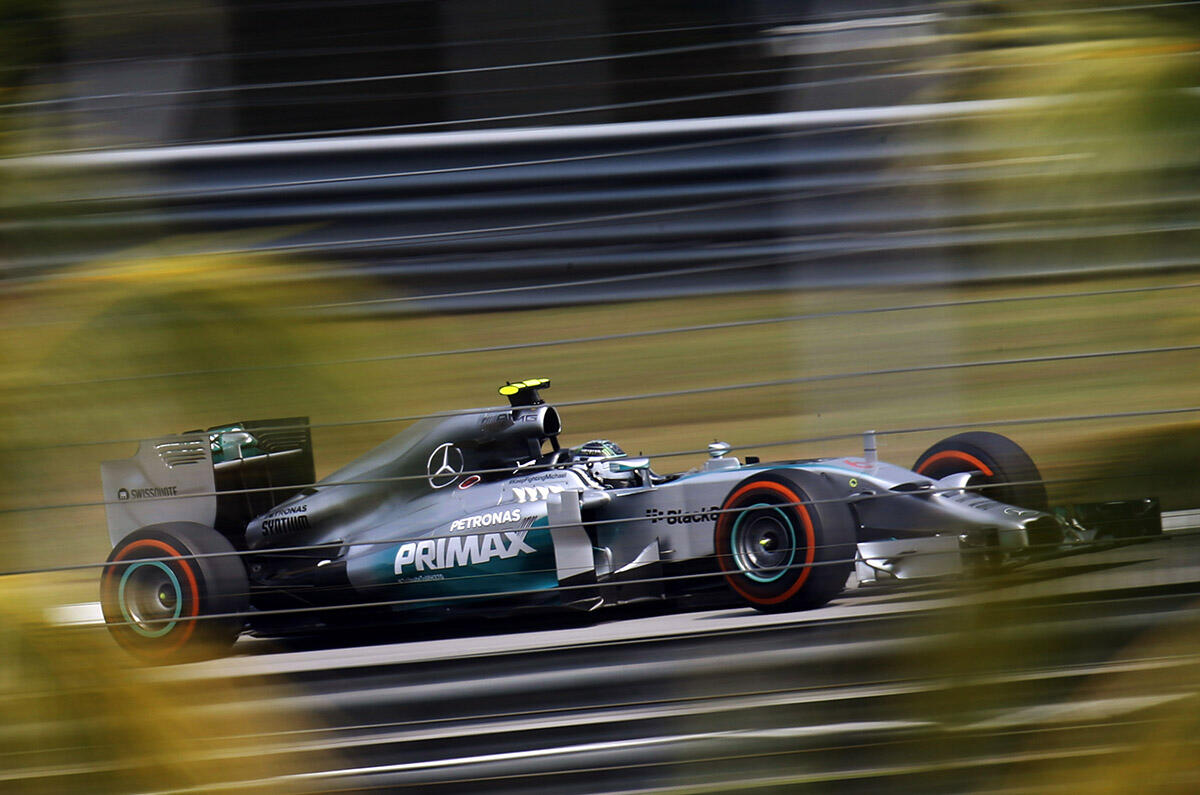
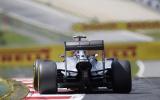
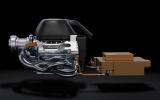
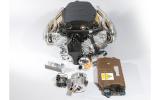
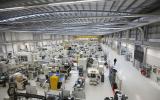
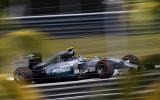






Join the debate
Add your comment
Split Turbo
sosphisticated
We learn the secrets?